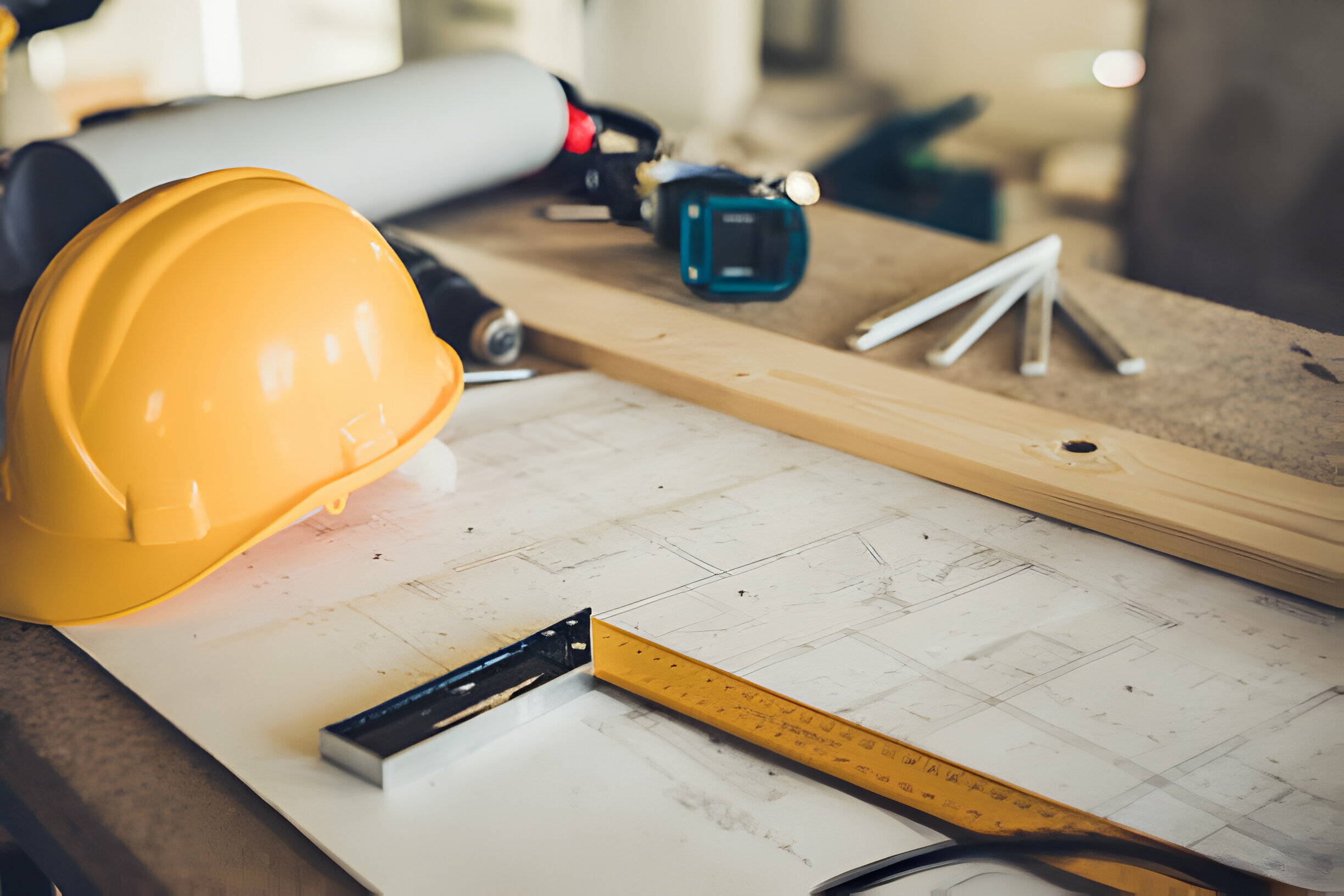Effective structural repairs and maintenance ensure buildings’ and infrastructure’s safety, longevity, and functionality. If things aren’t fixed and looked after properly, they can get dangerous, lose value, and cost a lot to repair. With smart repair and maintenance plans, owners can stop problems before they get bad, save money, and make things last longer.
Regular checks and fixing things early on stop small issues from becoming big headaches later. Plus, investing in maintenance shows that safety and quality matter, which builds trust with people using the buildings. Ensuring repairs and maintenance are done well keeps things working and safe for a long time.
Top 5 Strategies For Effective Structural Repairs and Maintenance
Regular Inspection and Assessment:
Checking buildings regularly is super important to catch problems before they get big. When you do thorough checks, you can find cracks or water damage early and fix them immediately. Cool tools like drones or sensors make these checks faster and more accurate so you can spot problems more easily. Plus, setting up a schedule for fixing things based on what you find in inspections ensures problems get fixed quickly, stopping them from worsening and costing more to fix later.
Proactive Maintenance Planning:
Making a proactive maintenance plan is key to managing repairs well. With a solid plan in place, you can do regular tasks on time and catch problems before they get serious. Cool techniques like analyzing vibrations or using thermal imaging help find hidden issues early on.
Plus, by deciding what to fix first based on how risky or important it is, you can use your resources smartly and focus on what needs the most attention. A proactive maintenance plan helps keep buildings in good shape and saves time and money in the long run.
Utilization of High-Quality Materials and Techniques:
Using top-notch materials and methods is essential when fixing buildings to ensure they last a long time. Choosing materials that can handle things like bad weather and rust makes repaired structures stronger and longer-lasting. Also, using techniques like reinforcing with carbon fiber or injecting epoxy can make damaged parts strong again. By using good materials and methods, you can ensure repairs stay solid for years.
Adherence to Industry Standards and Regulations:
Following industry rules and laws is essential to keep repaired buildings safe and strong. Ensuring repairs meet the set rules and standards helps lower risks and ensure repairs are done well.
Experts who know a lot about building stuff and follow the rules are key to doing repairs right. Keeping up with any changes in rules ensures repairs stay top-notch and follow the best practices. Sticking to industry standards and staying updated on regulations makes repairs safe and high-quality.
Investment in Training and Development:
Investing in training for people who fix and maintain structures is crucial for ensuring they know what they’re doing. Good training that covers safety, how to fix things, and how to use equipment makes them better at their jobs.
Learning new things in their field helps them stay sharp. When companies invest in training, it helps workers do a better job fixing things and keeps everyone safe. It shows that the company cares about doing things right and staying up-to-date.
Conclusion
Effective structural repairs and maintenance are vital for ensuring the longevity and safety of buildings and infrastructure. Strategies such as regular inspections, maintenance planning, and following industry standards can reduce risks and optimize asset lifespans. Investing in training and using high-quality materials further enhances structures’ durability and resilience.






Top 6 Concrete Mix Designs for Strength and Durability - Welcome to Menara EE Sdn Bhd
[…] like super-strong concrete for big structures or lightweight concrete for buildings. With the right mix design, structures can stay strong and safe for a long time, saving money on fixes and keeping people […]